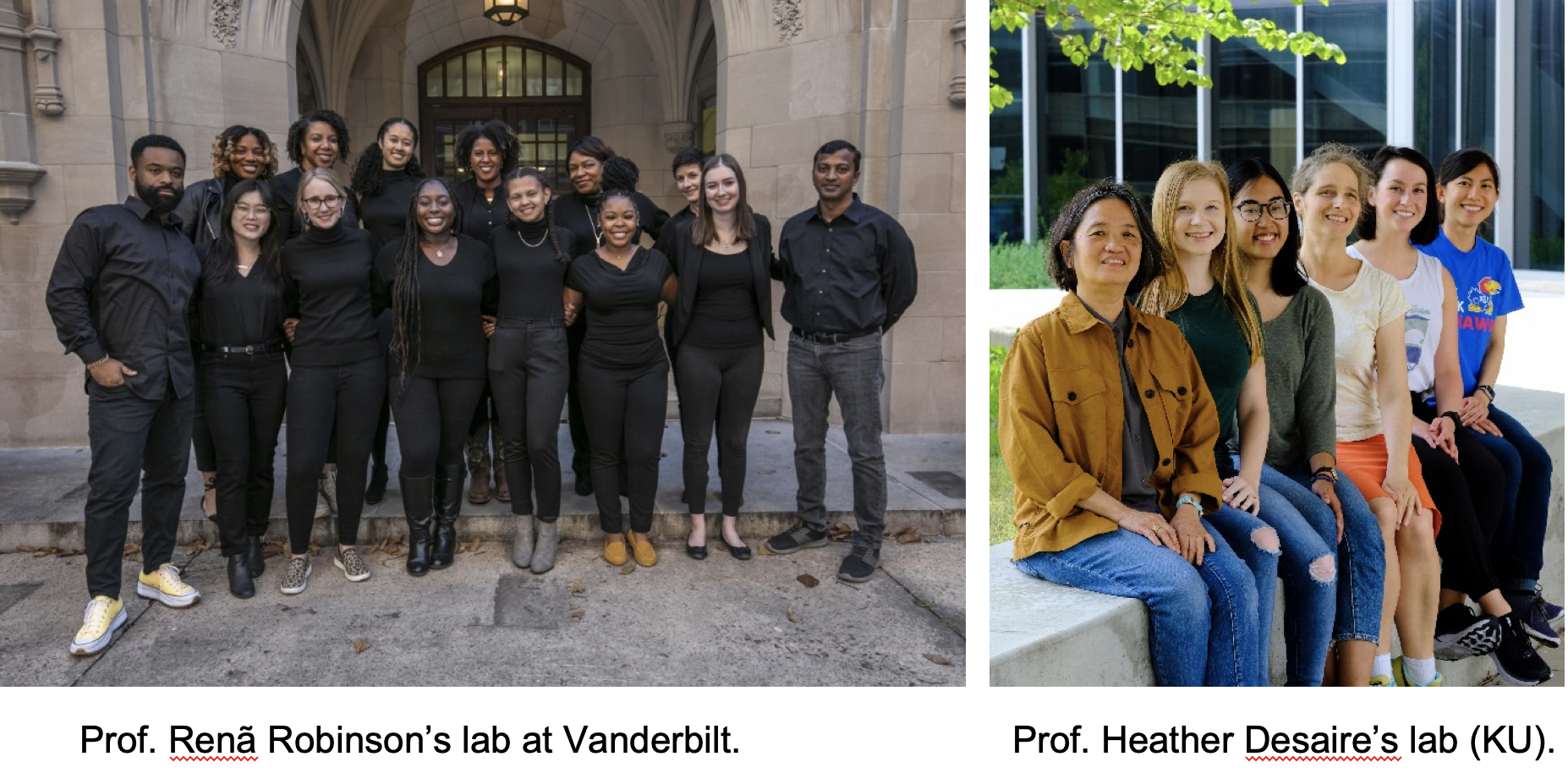Professor Heather Desaire named April 2022 Sutton Family Research Impact Award Recipient

Winning Research: Exposing the Brain Proteomic Signatures of Alzheimer’s Disease in Diverse Racial Groups: Leveraging Multiple Data Sets and Machine Learning
Alzheimer’s disease (AD) is the 6th leading cause of death in the United States. While African Americans have two to three times the incidence rates of AD than people of European ancestry, they are underrepresented in past and current AD research studies. The lack of representation leads to a weaker understanding of disease progression and poorer diagnostics for this population.
To learn about the extent to which this underrepresentation impacts the selection of disease biomarkers for AD, the Desaire lab collaborated with Professor Renã Robinson’s lab at Vanderbilt University. The Robinson lab is well known for their work in studying Alzheimer’s disease in diverse populations, and they had developed a key dataset that compares the protein abundances in deceased individuals’ brains with and without AD: Importantly, about half their dataset originated from non-Hispanic White adults, and the other half was from African American/Black adults. Combining the data from the Robinson lab with other similar, publicly available studies, the Desaire/Robinson teams were able to determine the impact of race on the brain proteomic signature of Alzheimer’s disease.
The analyses described in the publication focused on two proteins, amyloid-b precursor protein (APP), which is a very-well known marker of the disease, and heat shock protein b-1 (HSPB1), which has been given much less attention but is still known to be involved in the disease’s pathology. Using a variety of data analysis techniques, including machine learning, the researchers showed that heat shock protein b-1 is a much more reliable marker for the disease in African American/Black adults than it is for people of European ancestry. However, if both the proteins, APP and HSPB1, are used in disease prediction models, all participants, regardless of race, benefit: Including HSPB1 allows for better disease prediction for all racial groups than when it is left out of the models. The improvement is particularly noteworthy for both African American/Black and Hispanic individuals, groups who have been historically underrepresented in AD biomarker studies.
Overall, this work demonstrates the importance of studying diverse populations when developing diagnostics and therapeutics for AD and other diseases, and it champions further studies of HSPB1 as a marker of AD in diverse populations.